Schaufenster: Reviving, Reclaiming, Recycling
Opening: 8.10.2016 ore 11
Exhibition: 11.10. – 5.11.2016
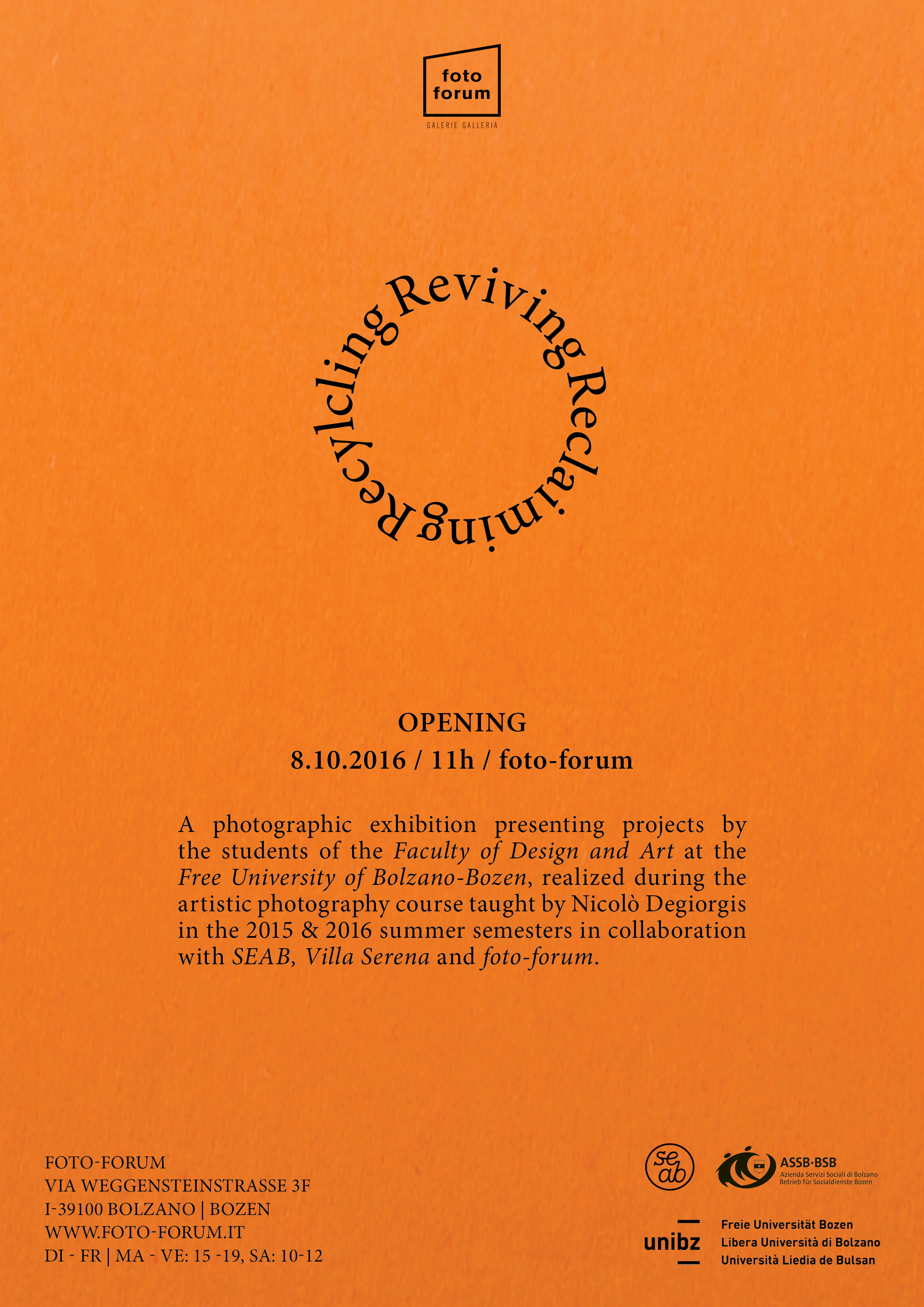
Reviving, Reclaiming, Recycling
A photographic exhibition presenting projects by the students of the Faculty of Design and Art at the Free University of Bolzano, realized during the artistic photography course taught by Nicolò Degiorgis in the 2015 & 2016 summer semesters in collaboration with SEAB and Villa Serena.
“Year in and year out an unimaginable number of photographs are produced worldwide. Virtually every day, each of us adds to this gigantic mountain of photographs without giving the consequences a second thought. But while photography seems a harmless leisure pursuit, the chemicals contained in all photographs pose enormous dangers to our health. What‘s more, photographs in such quantities increase visual pollution and undermine our thinking power—to say nothing of the moral dangers they pose for our children.” Joachim Schmid, Erste allgemeine Altfotosammlung, 1990
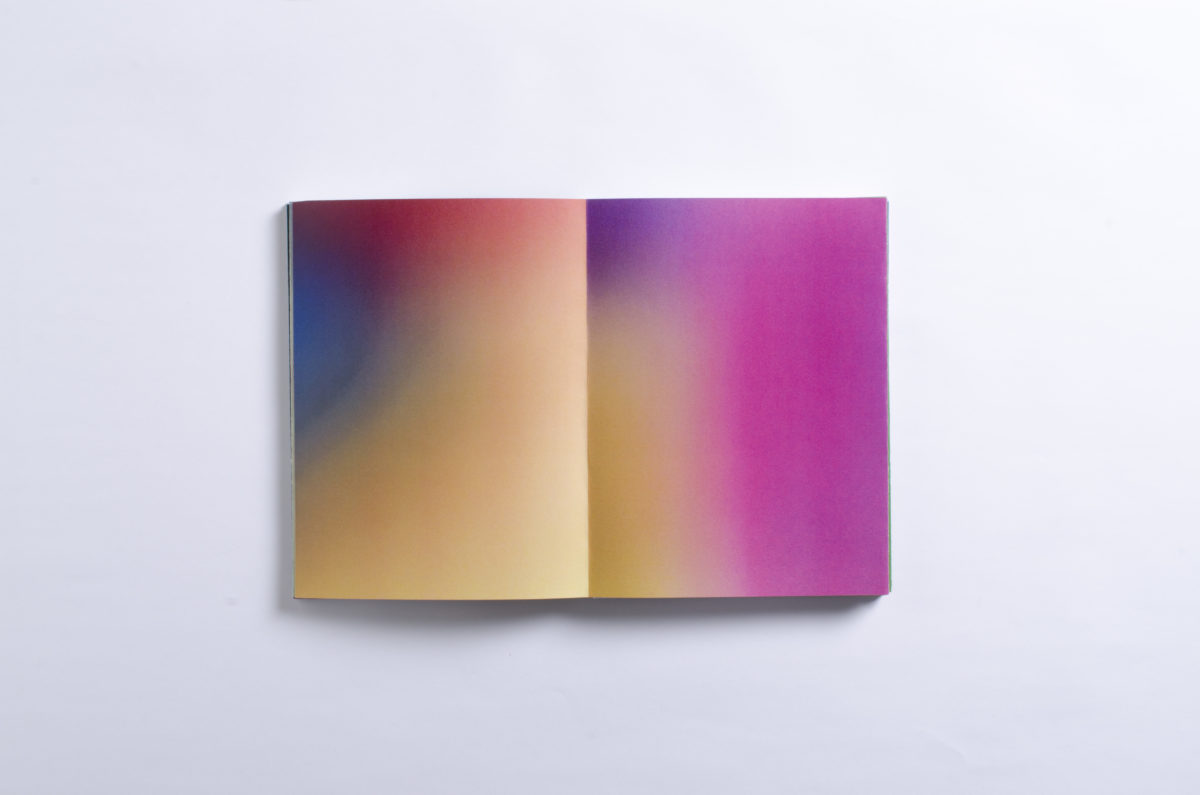
Reviving, Reclaiming, Recycling
Just under a 100 years ago the concept of waste as we know it today didn’t even exist, neither physically nor visually. Recycling and awareness of one’s consumption were such essential elements for survival due to a general shortage of all goods, that there were no second thoughts or possible doubts about reusing already existing materials. This was especially true for the post-war generation. Therefore there were no such things as mass overproduction and increasing amount of waste.
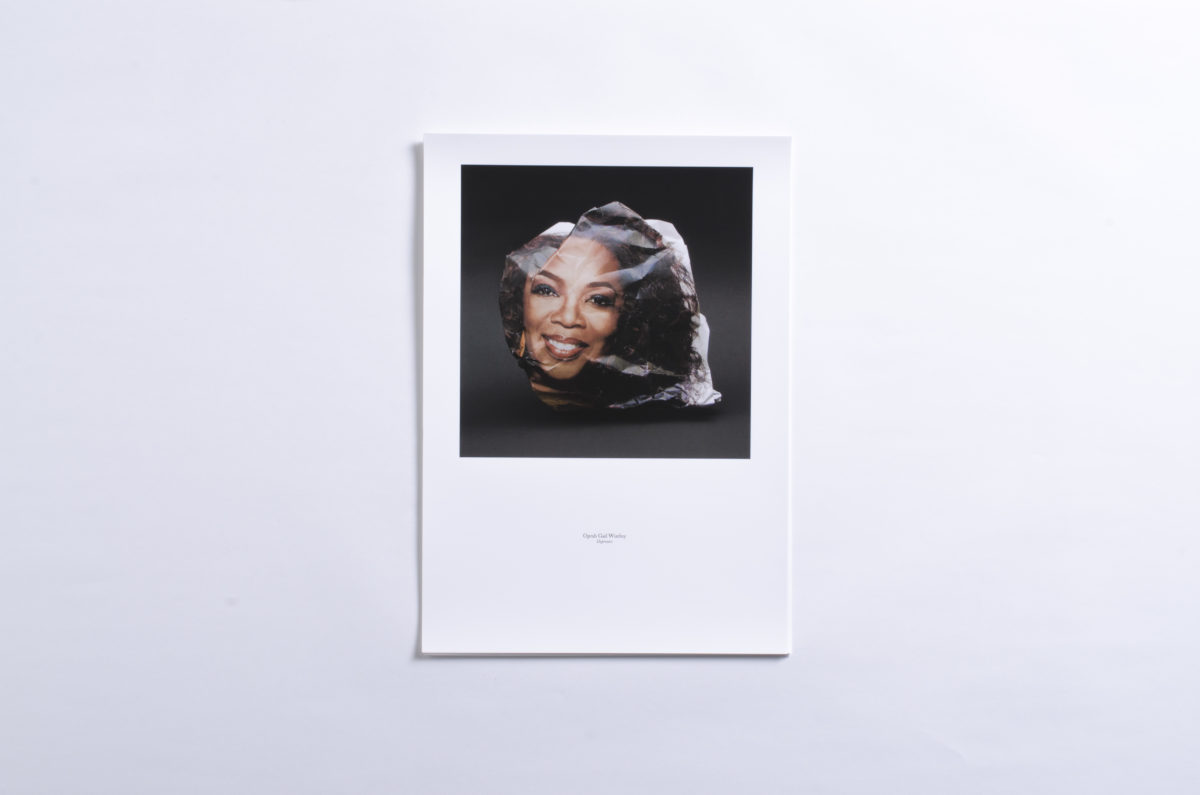
Reviving, Reclaiming, Recycling
But in just a few years things have changed drastically. Living in our modern society which is materialistically and visually overloaded with goods, signs and stimuli, overproduction and therefore accumulation of waste seems inevitable. Awareness of production and overproduction has more often than not become a matter of choice, more an ethical decision than an unquestionable act, leading to an array of negative consequences which slowly pervade and often unconsciously influence our everyday lives and habits.
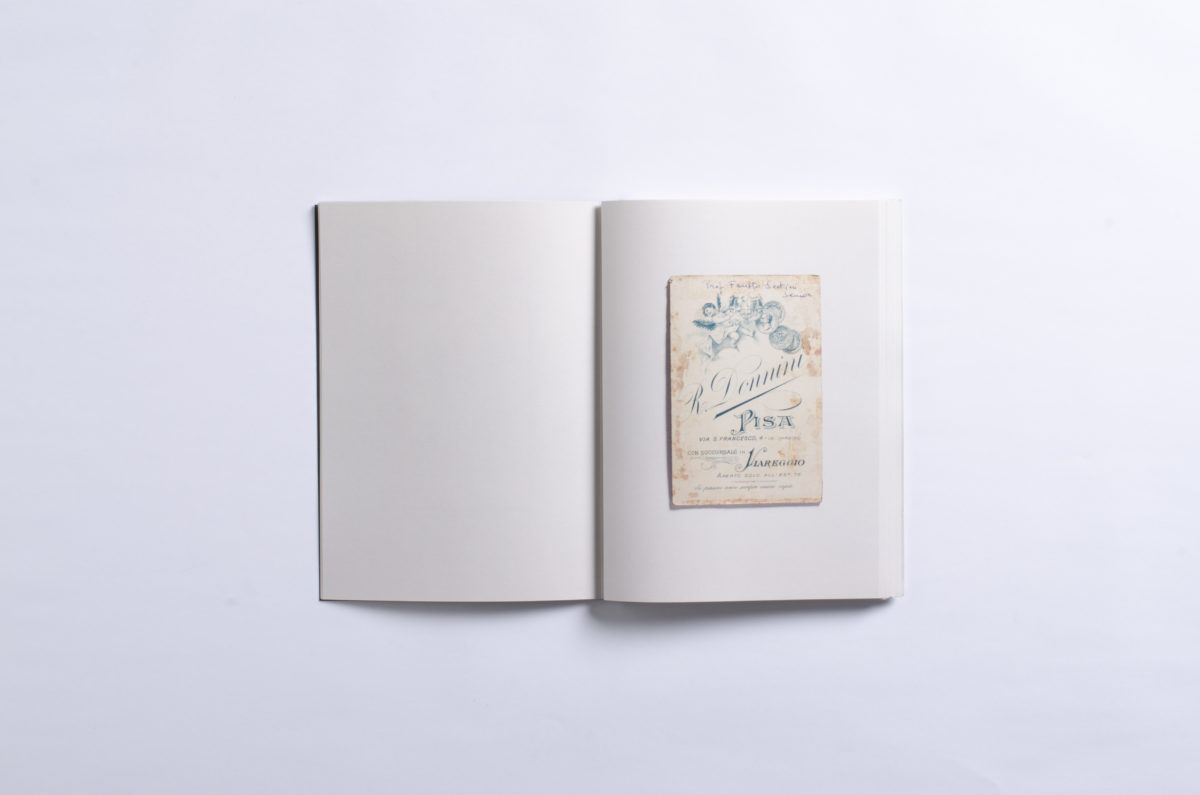
Reviving, Reclaiming, Recycling
As quoted in Joachim Schmid’s statement above, the same applies to the world of photography. Whereas once upon a time photography was an activity limited to a group of people who could afford a camera and were technically capable of handling it and developing the pictures, now, as a result of the wide distribution of analogue cameras, the development of digital photography and especially in the past decade, the invention of smartphones, photography has become accessible to the masses. Suddenly everybody is a photographer capable of capturing, developing and sharing photographs, a development that has radically altered our perception of it. Not only has photography become a much more passive activity, being often unconsciously overused, but it has also evolved into an extremely powerful medium which can at times become highly manipulative and therefore dangerous.
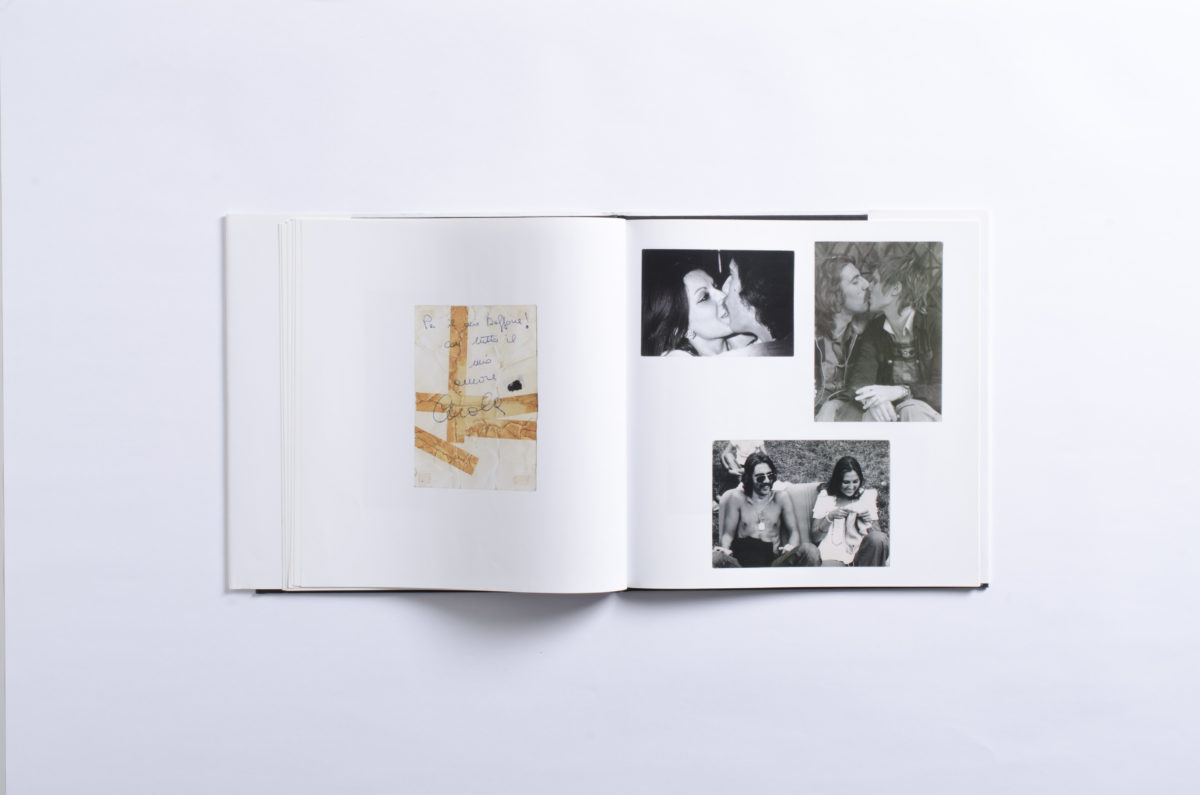
Reviving, Reclaiming, Recycling
The aim of this course was to raise awareness not only about the physical consequences of living in a photographically overloaded society, but also the visual and mental consequences. During this process some students used and revived already existing photographic material, while others developed completely new photographic projects. The results in the form of books, images and videos range from documenting the food waste in the university canteen; meeting the guests of Villa Serena to confront and exchange ideas with a generation more aware of consumption and preservation; working with the contents of internet-blogs and photographic archives; reinstalling life and meaning into found objects and abandoned places – all the way to changing perspectives on „mainstream“ photography and reinterpreting the first photo book ever published.
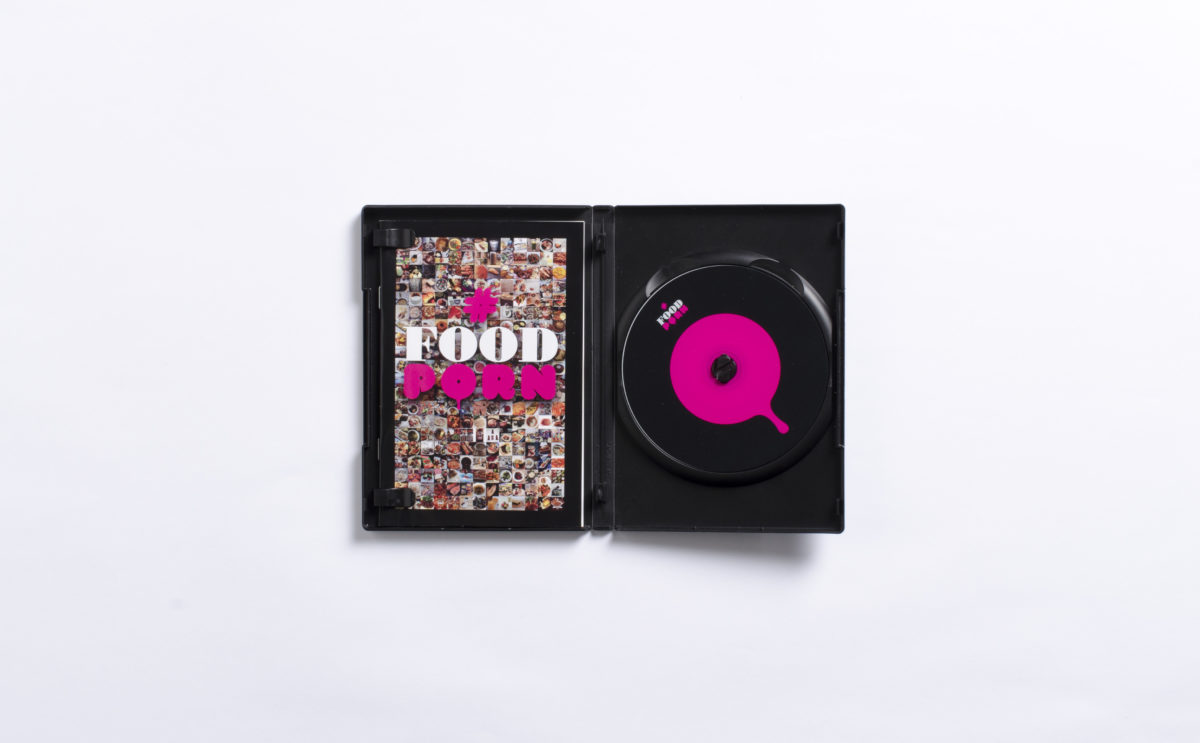
Reviving, Reclaiming, Recycling
Although extremely varied, the common denominator of all projects remains the critical confrontation with production and overproduction of images and the conscious use of photography as a powerful and very present medium in today’s world.

